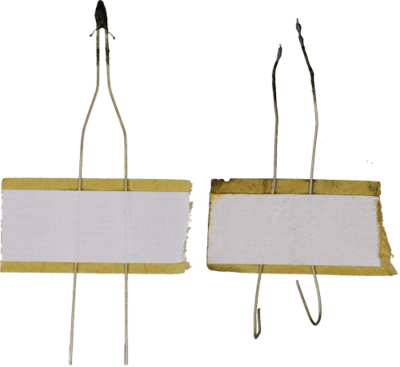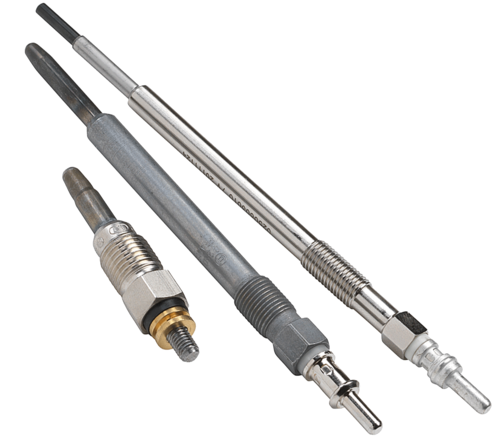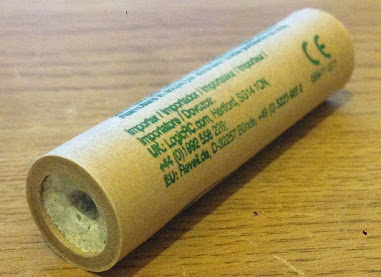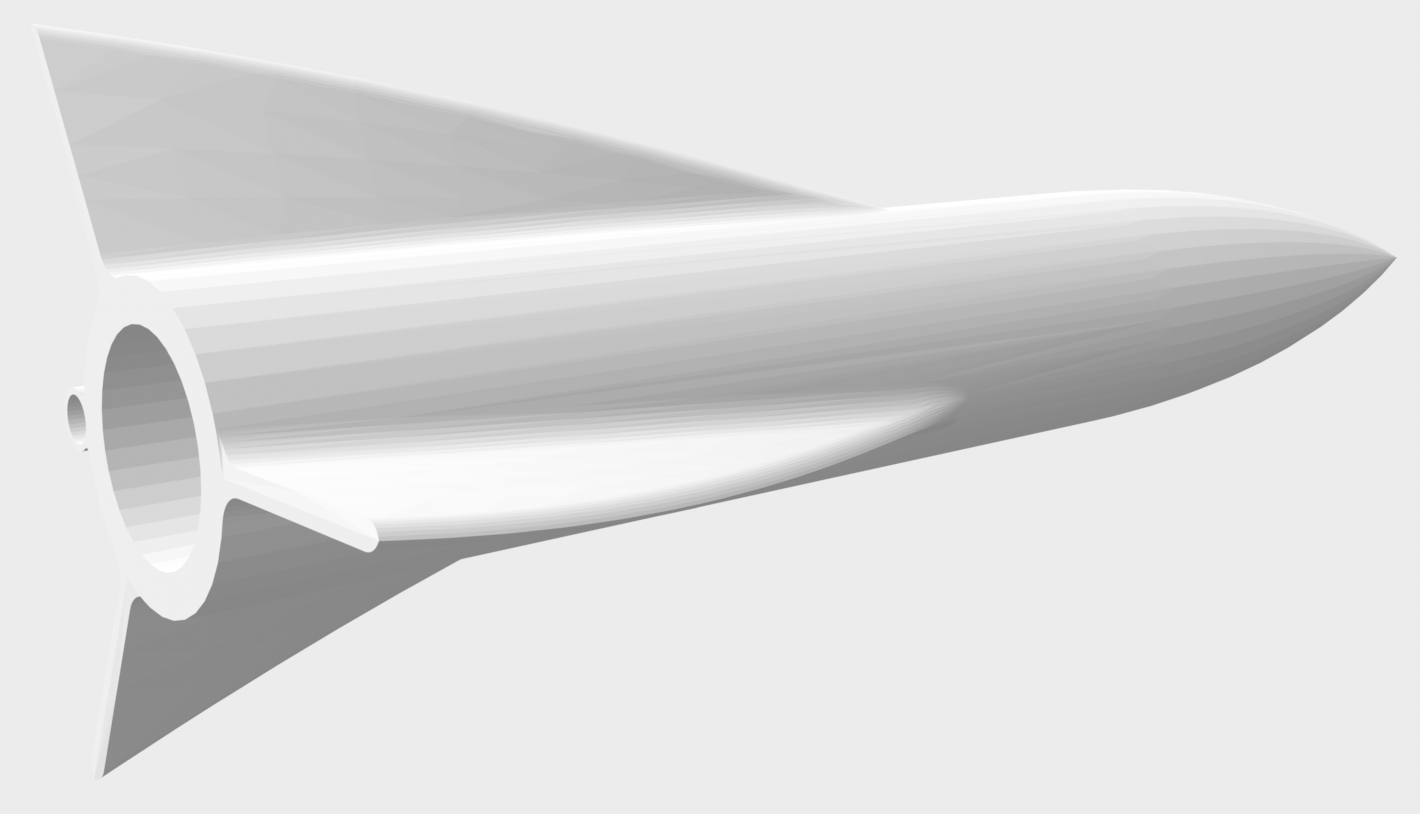Most of us have launched a standard toy rocket. You spend upwards of $45 on a kit, two hours of your life building it, and all of 15 seconds on the launch. You can definitely use the same rocket for another flight – but good luck finding it now that you’ve launched it 2,000 ft into the air!
Frankly, I find model rockets boring due to the sheer amount of prep that launching one takes. To solve this, I redesigned the common ignition system on these model rockets, as well as created 3D printed rockets that work spectacularly well.
Ignition System
Traditionally in a model rocket system, one has to connect an electronic match to the rocket motor, secure the assembly with tape, insert a fragile plug, and keep their fingers crossed. This system often breaks, leading to failed launches.

Instead of fiddling with an electronic match, I used a diesel glow plug as my rocket igniter. A glow plug is essentially a very low resistance, high power resistor that heats up red hot. One the right size would be able to fit perfectly into the rocket engine and ignite the fuel inside. As glow plugs are meant to endure millions of diesel explosions, the durability of the unit would allow you to launch as many rockets as you want, in quick succession.


Designing and Building the Rockets
The model rocket design is quite basic:

To model this, I used SOLIDWORKS. The basic features include:
- A revolve for the rocket fuselage
- An extruded cut for the rocket motor (B6 motor)
- A swept wing with 3x radial symmetry
- A small circular extrusion for the launch rod

Launch
I build a launch pad out of steel, wood, the glow plug for ignition, and a launch rod for early flight stabilization. After standing a safe distance away, I short circuited the glow plug across the car battery
The first launch exceeded all my expectations. I was afraid that the rocket would spin out of control, but it stuck true to its course. As an unintended but welcomed side effect, the rocket exploded at the end, due to the small parachute charge that commercial rocket motors have.
Model Rocket V2:
I decided that it would be a cool experiment to create curved fins, with the goal of causing the rocket to spin. This spin would be a cool feature and ideally would create a gyroscopic stabilization of the rocket, much like the effect of the rifling in a gun barrel.

Creating the curved shape in SOLIDWORKS proved to be a bit of a challenge. In the end, I created two separate line sketches: a straight helix near the fuselage, and a drafted helix a couple centimeters away. I created a surface using these two geometries, and thickened the surface in order to make it solid. I patterned and filleted the feature, and it was ready for printing.
The launch for this type went completely awry. My intuition tells me that it is not a problem with the concept, and is likely fixable with some fine-tuning.